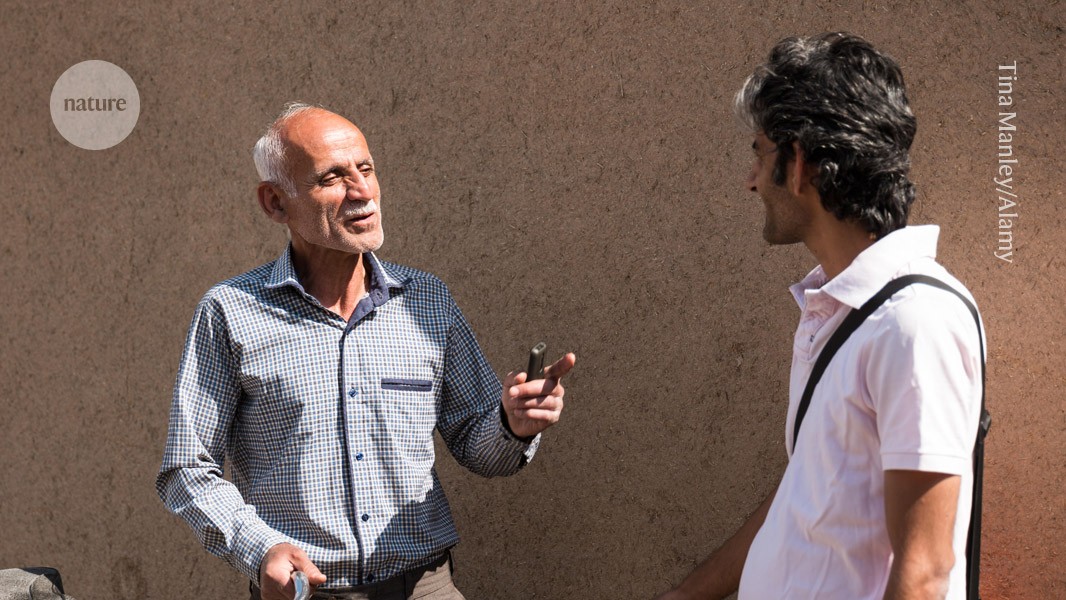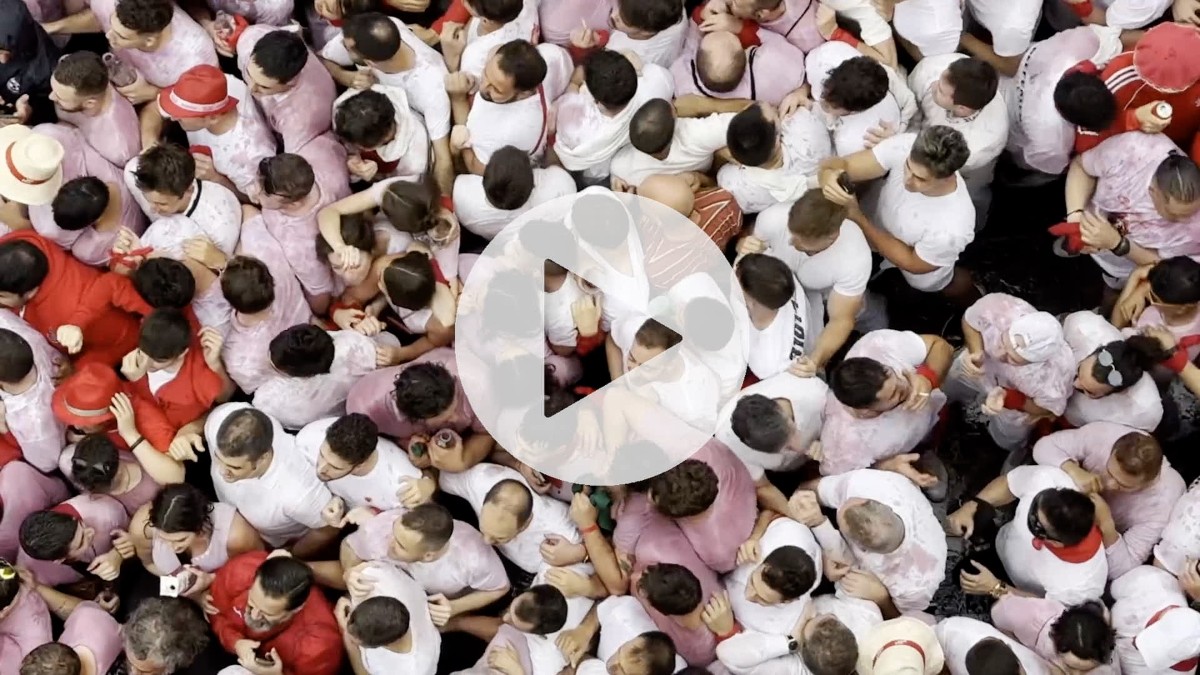www.sciencenews.org
When egg prices are hard-boiling your temper, its important to make sure that each egg you make is the best it can possibly be. But when your egg white is cooked, your egg yolk is often still a runny mess. Once the yolk is cooked, the white is rubbery. The solution is a method of periodic cooking, researchers report February 6 in Communications Engineering. And true eggcellence, they say, requires only boiling water, slightly warm water, an egg and 32 minutes of patience.The challenge of cooking an egg is that the yolk and the albumen or white have different compositions, says Emilia Di Lorenzo, a chemical engineer at the University of Naples Federico II in Italy. The result is that the proteins in each part of the egg denature or fall apart at different temperatures. Yolk proteins cook at 65 Celsius, while those in the white cook at 85 C.The challenge of heating two parts of a single item at different temperatures appealed to Ernesto Di Maio, a materials scientist at the University of Naples Federico II. His lab focuses on varying boundary conditions changing temperatures, pressures or other conditions to create two different internal processes in materials such as plastics.But then, a colleague told him You know, there is a cook in Italy which sells his single egg for 80 euros, he recalls. This cook separates the egg and the yolk, cooks them at two different temperatures the optimal one[s] and then puts them together again in a fancy way with the other ingredients. When his colleague told Di Maio about the pricey dish, it was really obvious to me to try what we know about plastic forms out on the egg.Di Lorenzo, Di Maio and their colleagues ran mathematical and computational models of the heat transfer inside the egg white and yolk and simulated how different times and temperatures affected the inner materials. They found that periodic cooking varying the temperature back and forth between 100 C and 30 C allowed the yolk and white to reach different temperatures at different times.When you change a boundary condition, the heat will reverse, so the heat flow will go from positive to negative and vice versa, Di Maio says. After a few cycles, you end up with a stationary solution of this problem, which gives a rather constant temperature for the yolk, and temperature which goes from 30 C to 100 C for the albumen.The researchers then began cooking real eggs. They compared periodically cooked eggs with raw, hard-boiled, soft-boiled and sous vide varieties. The team examined the results with spectroscopy and tests for hardness, chewiness and gumminess and a panel of 8 sensory experts, who measured flavor, odor, wetness and more. The periodic egg had a white that was comparable to that of a soft-boiled egg, but a yolk most similar to a sous vide egg.Scientists compared the chemical structures and textures of raw, hard-boiled, soft-boiled, sous vide and periodically cooked eggs. The periodic cooking method resulted in an egg with a white like a soft-boiled egg, but a yolk more like a sous vide. Pellegrino Musto and Ernesto Di MaioHeres the final recipe: Prepare a pot of boiling water, and a pot of water at 30 C. Put the egg in the boiling water for two minutes, then transfer it to the room temperature pot for two minutes. Repeat this 8 times, for a total of 32 minutes.Its very refreshing to see people taking food this seriously, says Csar Vega, a food scientist and senior director of innovation at McCain Foods, in Chicago. It left me thinking like, what are the implications of the technique in the world of food? But not everyone is so eggcited. While Di Lorenzo found the study fascinating, she was grateful to outsource the taste test. Eggs are not my favorite thing in the world, but I ate it once, she says. I had to do it for science.












